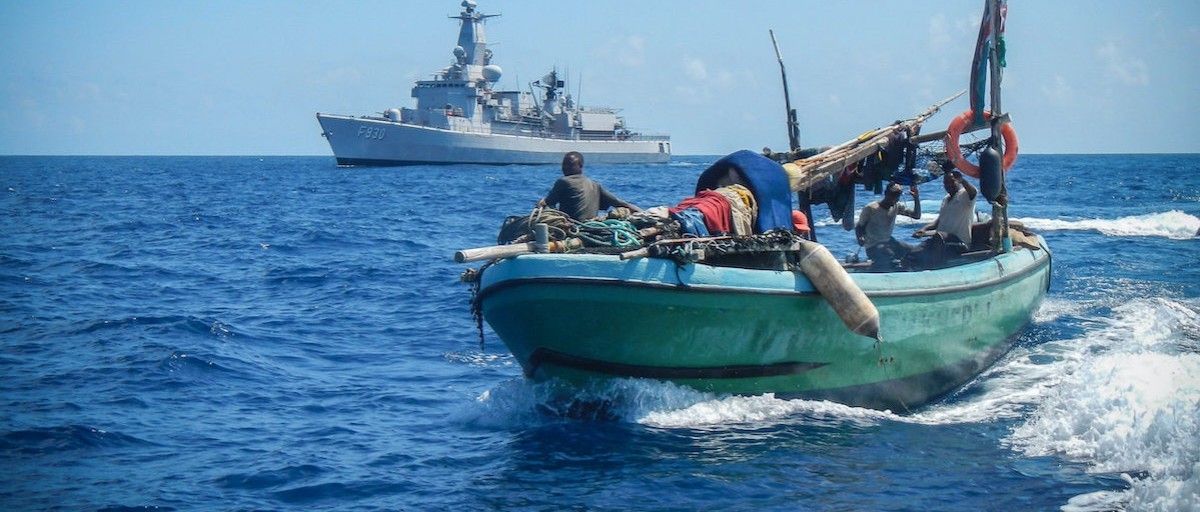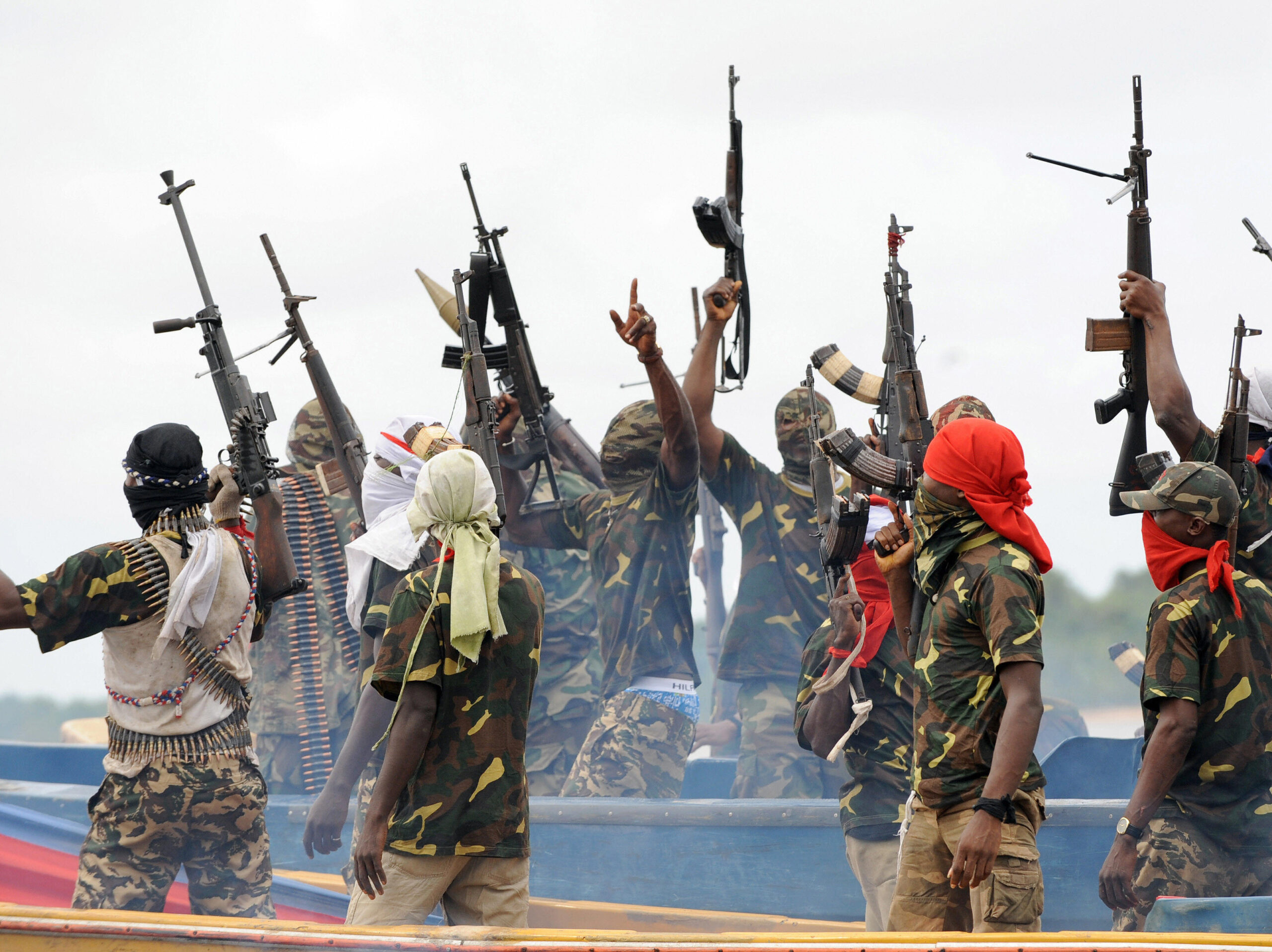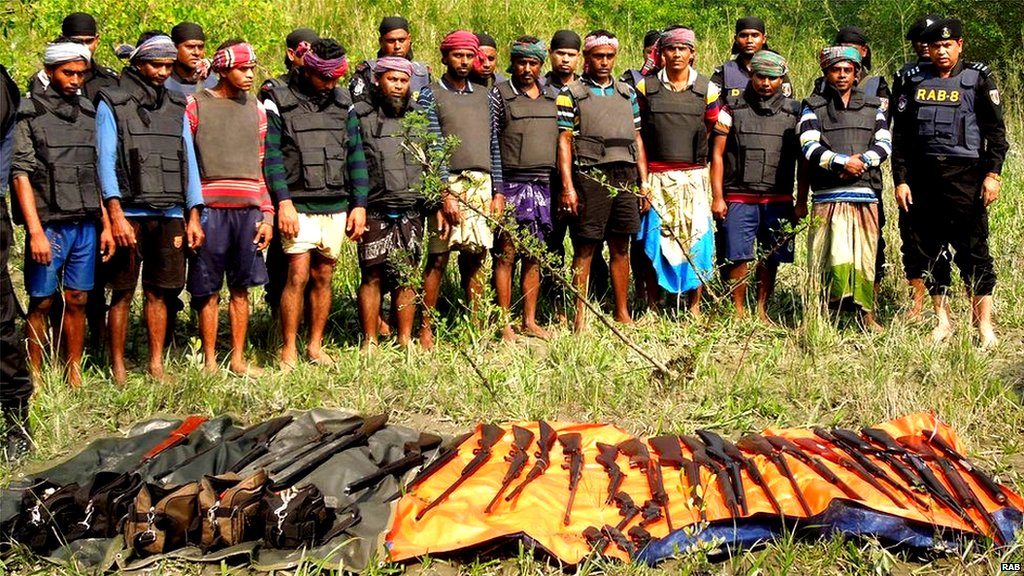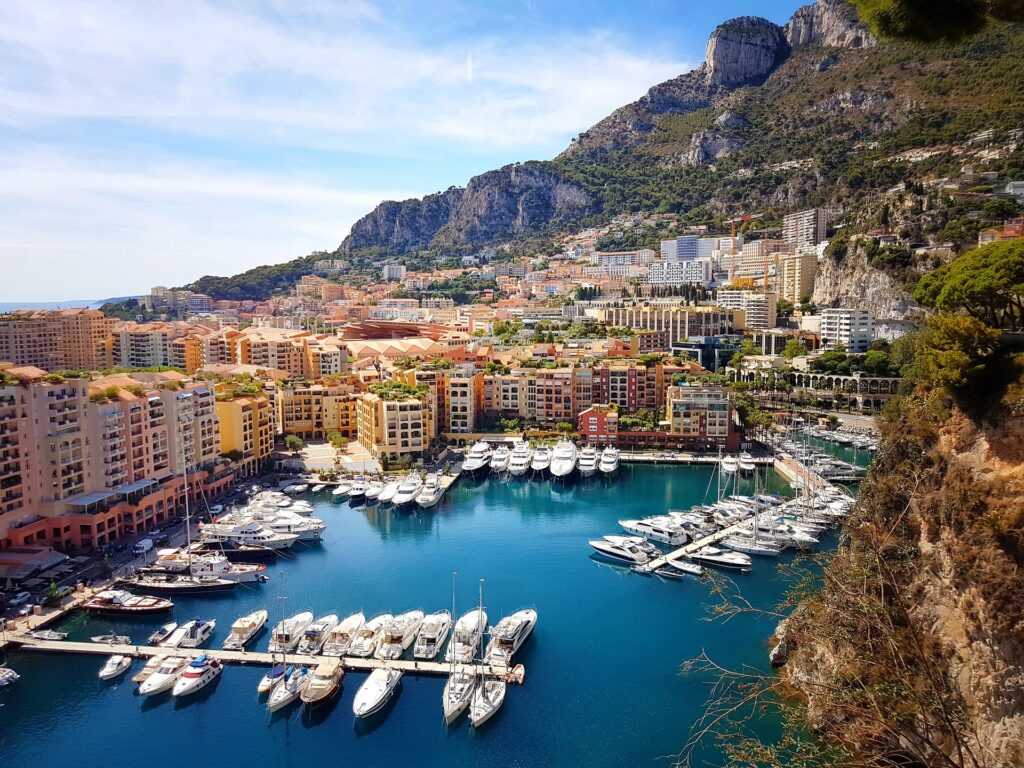Most Dangerous Shipping Lanes in the World
While of course the global shipping industry is vital for trade and commerce, it is also susceptible to piracy, accidents, and territorial conflicts. Some of the most dangerous shipping lanes in the world pose significant risks to vessels and their crew, as well as the environment.
This article will deeply explore the ten most dangerous waters in the world, detailing the hazards and danger they present and the measures being taken to ensure the safety of vessels transiting through these areas.
Table of Contents
- 1. Somalia
- Somali Pirates Are Still a Major Problem
- 2. Indonesia
- Rising Piracy in The Waters Near Indonesia
- 3. Gulf of Aden
- Maritime Security Measures in The Gulf of Aden
- 4. Nigeria
- West African Piracy near Nigeria
- 5. Red Sea
- Counter-Piracy Efforts in The Red Sea
- 6. Strait of Malacca
- Pirate Attacks in the Straight of Malacca
- 7. Bangladesh
- Anti-Piracy Efforts Near Bangladesh
- 8. South China Sea
- Organized Crime in The South China Sea
- 9. India
- Counter-Piracy Efforts in The Indian Ocean
- 10. Singapore Strait
- Regional Cooperation in The Singapore Straight
- Here are some additional common questions about the most dangerous waters to transit:
- What is the most dangerous shipping route?
- What is the most dangerous Strait in the world?
- What is the most dangerous sea to cross?
1. Somalia

Somalia has been plagued by piracy for many years, with the waters off its coast witnessing 435 piracy incidents between 2009 and 2013. The situation peaked in 2011 with 237 attacks recorded.
Although attacks have decreased significantly in recent times due to Operation Atalanta, also known as the European Union Naval Force (EU NAVFOR) Somalia, the risk of being approached or attacked remains high.
Somali Pirates Are Still a Major Problem
Somali pirates are often armed with automatic weapons and rocket-propelled grenades, launching attacks from skiffs that are deployed from mother vessels.
Despite the decrease in piracy incidents, the International Maritime Bureau (IMB) has warned against complacency, stating that the threat of Somali piracy is still evident and something to highly consider while transiting the most dangerous waters, near Somalia and the horn of Africa.
2. Indonesia
The Indonesian east coast has experienced 288 piracy incidents between 2009 and 2013. Despite patrolling efforts by the Indonesian Marine Police, piracy attacks continue to occur in the region, particularly in the waters off Tanjung Priok, Bintan Island, Karimun Island, and Belawan anchorage.
Rising Piracy in The Waters Near Indonesia
Piracy in Indonesia has risen by 700% over the years, with 106 actual or attempted incidents reported in 2013. Most attacks are characterized as “local, low-level opportunistic thefts,” but some are more organized and violent, such as the hijacking of the Thai-flagged oil tanker MT Orapin 4 in 2014.
3. Gulf of Aden
The waters off the Gulf of Aden have witnessed 226 piracy incidents between 2009 and 2013, primarily carried out by Somali pirates. However, joint efforts by navies in the region and the implementation of best management practices have helped reduce the number of incidents.
Maritime Security Measures in The Gulf of Aden
The Maritime Security Centre – Horn of Africa (MSCHOA) established the Internationally Recommended Transit Corridor (IRTC) in the region, and the EUNAVFOR – Operation Atalanta fleet is actively protecting merchant vessels in the area.
Despite these efforts, the Bab-el-Mandeb strait, a natural chokepoint between the Red Sea and Gulf of Aden, remains an area of concern for vessels transiting the Europe-Asia shipping route.
4. Nigeria

The Nigerian coast and surrounding waters have experienced 116 piracy incidents between 2009 and 2013. Unlike Somali pirates, who generally demand ransoms, Nigerian hijackers often steal oil cargo and sell it on the black market.
West African Piracy near Nigeria
The frequency of attacks in West African waters has surpassed those in East Africa since 2012, with the Nigerian coast being the highest risk area.
The Gulf of Guinea has also seen an increase in piracy, further demonstrating the serious nature and expanding range and capability of Nigerian piracy operations.
5. Red Sea
The Red Sea is a key commercial shipping route between Europe and Asia, with 94 piracy incidents reported in the last five years. While hijackings and boardings generally occur further south in the Gulf of Aden, the Red Sea has also been a target for piracy.
Counter-Piracy Efforts in The Red Sea
Military anti-piracy missions and preventive measures, such as the placement of armed guards on merchant vessels, have helped to reduce the number of attacks in the Red Sea. However, pirates still pose a threat to vessels transiting through the area.
6. Strait of Malacca
The Strait of Malacca is one of the busiest shipping routes in the world, connecting the Persian Gulf oil suppliers with the Asian markets of China, Japan, and South Korea.
The strait has seen 79 piracy incidents in the past five years, with attacks decreasing due to anti-piracy operations by the navies of Malaysia, Indonesia, and Singapore.
Pirate Attacks in the Straight of Malacca
Pirate attacks in the Strait of Malacca often occur near islets, making vessels in the area particularly vulnerable. In 2014, the St Kitts and Nevis-flagged product tanker MT NaniWa Maru No.1 was hijacked by armed pirates, who unloaded the oil cargo and looted the ship before escaping with hostages.
7. Bangladesh

Bangladesh has experienced 74 piracy and armed robbery incidents in the last five years, with ten incidents reported in the first half of 2014. The port of Chittagong is the most affected area, with ships preparing to anchor being affected areas particularly vulnerable to attacks.
Anti-Piracy Efforts Near Bangladesh
The Bangladesh Coast Guard has made efforts to reduce piracy in the region, but corruption within law enforcement agencies and poverty-induced criminality continue to exacerbate the problem.
Regional navies have also been working together to counter piracy, participating in joint exercises focused on maritime security threats.
8. South China Sea
Despite the efforts of the Regional Cooperation Agreement on Combating Piracy and Armed Robbery against Ships in Asia (ReCAAP), the South China Sea has seen 63 piracy attacks in the last five years, especially around the Anambas, Natuna, and Mangkai islands and Merundung.
Organized Crime in The South China Sea
Pirates targeting small tankers in the South China Sea are thought to be “highly organized criminal professionals” with knowledge of how to disable a ship’s critical systems.
In response to the threat, the IMB issued a warning to all ships, particularly small tankers, to maintain strict anti-piracy measures while operating in the area.
9. India
India has witnessed 45 piracy and armed robbery incidents from 2009 to 2013, with four incidents reported in the first half of 2014.
The Western Indian seaport of Kandla is the most piracy-prone area in the country, with incidents also occurring in Kochi and Visakhapatnam.
Counter-Piracy Efforts in The Indian Ocean
India has been active in counter-piracy efforts beyond its own coastlines, with the Indian Coast Guard and Indian Navy conducting anti-piracy patrols in the Arabian Sea. Indian naval ships have foiled over 40 piracy attempts since their deployment in October 2008.
10. Singapore Strait
The Singapore Strait is a vital waterway that links the Strait of Malacca with the South China Sea. With over 38 piracy incidents in the last five years and six incidents in the first half of 2014, the strait remains a hotspot for piracy.
Regional Cooperation in The Singapore Straight
Malaysia, Indonesia, Singapore, and Thailand have been conducting air patrols under the Eyes-in-the-Sky (EiS) initiative to protect merchant shipping in the Singapore and Malacca Straits. The United States has also joined ReCAAP to help fight piracy in the region.
In conclusion, while maritime authorities and navies have made progress in countering piracy and ensuring the safety of vessels in the most dangerous shipping lanes and oceans, continued vigilance and cooperation are essential in maintaining secure and efficient global trade.
Here are some additional common questions about the most dangerous waters to transit:
What is the most dangerous shipping route?
The most dangerous shipping route is the Drake Passage, known for its unpredictable and extreme weather events, conditions and rough waters. It is considered one of the most treacherous maritime routes in the world.
What is the most dangerous Strait in the world?
The most dangerous strait in the world’s name is also the Drake Passage. It lies between the southern tip of South America and the Antarctic Peninsula, making the journey through it a challenging and perilous route for ships to navigate.
What is the most dangerous sea to cross?
The most dangerous sea to cross is the Irminger Sea, which is notorious for its harsh weather and rough ocean waters. It poses significant challenges and danger in rough weather for ships and sailors, making it a risky area to navigate.
